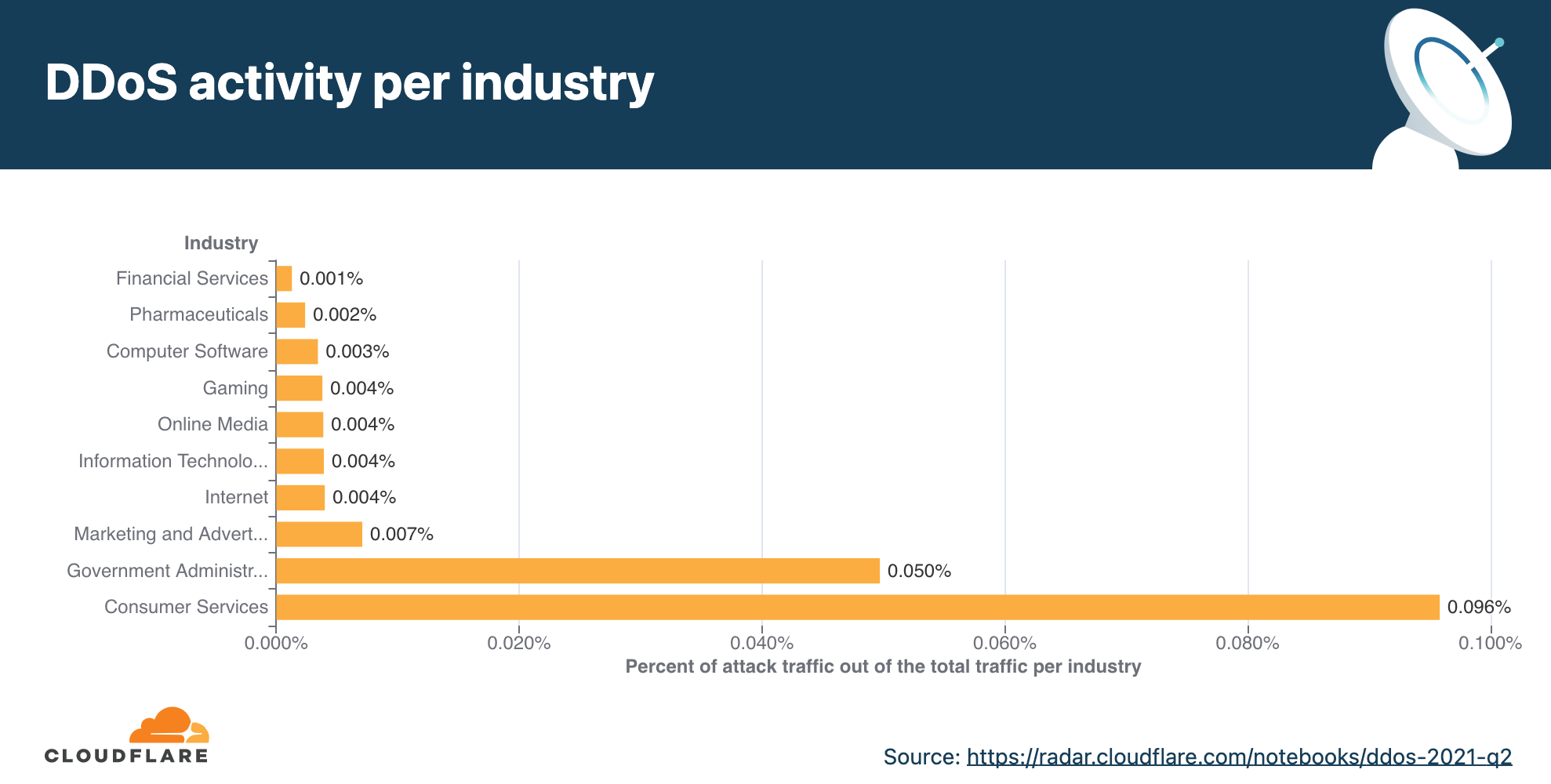
Volumetric attacks are another common type of denial of service attacks. Often a hacker would use the protocol attack to disrupt networks until a more potent countermeasure gets deployed. The SYN Flood attack can make a network wait to receive signals for a prolonged time, which can tie up network resources. The SYN Flood is one of the most common types of protocol attacks, which makes use of a three-way handshake process for establishing connections (TCP /IP connections). This would eventually lead to resource overuse and downtime. While waiting, the botnet would continue sending more packets without confirmation. The target server then endlessly waits for a confirmation from the originating IP address, but it would never come. Botnets are a standard technology used in protocol attacks.Ĭriminals use it to send packets to the target server to process/assemble. The attack would send continuous malformed slow pings and partial packets, thereby causing memory buffers to overload and crash the system.ĭDoS protocol attacks can also be used to target firewalls, and this is why deploying a firewall alone would not stop a DDoS attack. But here are the three most common ones:Ī protocol DDoS attack would target your connection tables in the network areas to damage them. There are many types of denial of service attacks. Of course, your customers would not be able to interact with you if your website is offline. It could cause your business website to even disappear from the web. That is because a successful denial of service attack can be highly devastating. Having the technical expertise to stop a DDoS attack quickly could significantly prevent your organization from going out of business. Therefore you should not take the threat of a DDoS attack lightly. Organizations such as PlayStation, Amazon, Google, GitHub, and Pinterest are all victims of DDoS attacks in 2018. Also, it would cause a lack of trust and reputational damage.Ī lot of high profile organizations have suffered a DDoS attack. A nonfunctional webpage can lead to loss of revenue. That is because the cybercriminal sends heavy automated traffic to the web application, which would make your website go offline.

In the DDoS scenario, heavy cyber traffic prevents web service from functioning. You are trying to get to the office, home, or other places but stuck in traffic and cannot go forward or back. Think of a DDoS attack as a massive traffic Jam. The criminals use botnets to send heavy traffic to targets to overwhelm their resources, cause a malfunction, or go offline. What is a DDoS attack?ĭistributed Denial of Service attempts to undermine the functionality or normal traffic inflow of a website, web server, or web application. But before we dive in, let’s take a look at what exactly a DDoS attack is alongside some other essential basics.
#Strong ddos attack tool how to#
We will show how to fight DDoS like a pro. Preventing or stopping DDoS attacks could be a very complicated process. That has made mitigation an additional role for webmasters. Webmasters have a lot of activities to carry out already, hence DDoS attacks have become a challenge all around the world.ĭDoS attacks are rapidly becoming more forceful, imposing, and prevalent in today’s technological landscape.

That is pretty much everyone today, right? Knowing how to militate and keep them in their track is very important for your organization. You should be worried about DDoS attacks if your company has a cloud service, website, or web application.

The DDoS attack, also known as Distributed Denial of Service, is a fast-growing threat for sites, web servers, and web applications. You have probably heard about DDoS attack but may be wondering what a DDoS attack means. Want your business to succeed and stay alive in this digital age? Then learn here what a DDoS attack is and how to protect from such attacks.


 0 kommentar(er)
0 kommentar(er)
